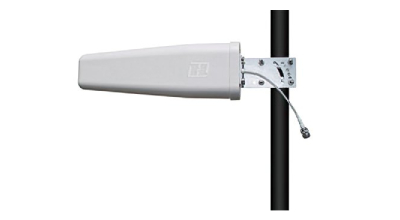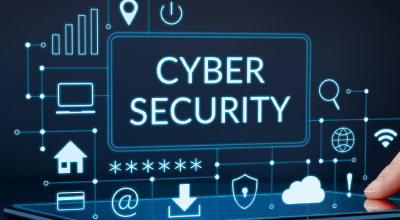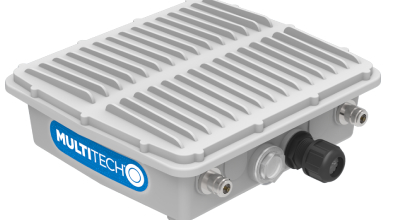
What is LoRaWAN?
LoRaWAN (Long Range Wide Area Network) is a wireless communication protocol designed for the Internet of Things (IoT) devices that transmit small amounts of data over long distances. It uses a low-power, wide-area network (LPWAN) technology based on the LoRa modulation technique to provide long-range communication and low-power consumption for IoT devices. LoRaWAN enables IoT devices to send data to gateways or base stations, which then forward the data to a central server or the cloud for processing and analysis. This protocol is used in a wide range of applications, including smart cities, agriculture, asset tracking, and industrial automation, among others.
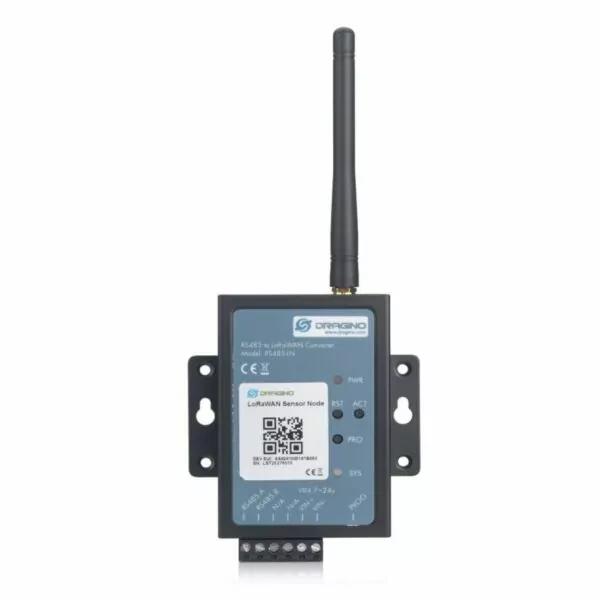
Applications of LoRaWAN
LoRaWAN has numerous applications in different industries and domains. Some of the most common applications of LoRaWAN are:
- Smart City: LoRaWAN enables smart city applications such as smart lighting, parking management, waste management, air quality monitoring, and other smart city services.
- Asset tracking: LoRaWAN can be used to track assets such as vehicles, containers, and equipment in real-time, enabling businesses to optimize their logistics and supply chain operations.
- Agriculture: LoRaWAN can be used to monitor soil moisture, temperature, and other environmental factors in agricultural fields, enabling farmers to optimize their irrigation and crop management practices.
- Industrial automation: LoRaWAN can be used for machine-to-machine communication in industrial automation applications, such as predictive maintenance, asset tracking, and remote monitoring.
- Healthcare: LoRaWAN can be used for remote patient monitoring, enabling healthcare providers to monitor patients' health conditions from a distance.
- Security: LoRaWAN can be used for asset protection and security applications such as intrusion detection, fire alarms, and other security systems.
- Environmental monitoring: LoRaWAN can be used to monitor environmental factors such as air quality, water quality, and noise pollution.
History of LoRaWAN
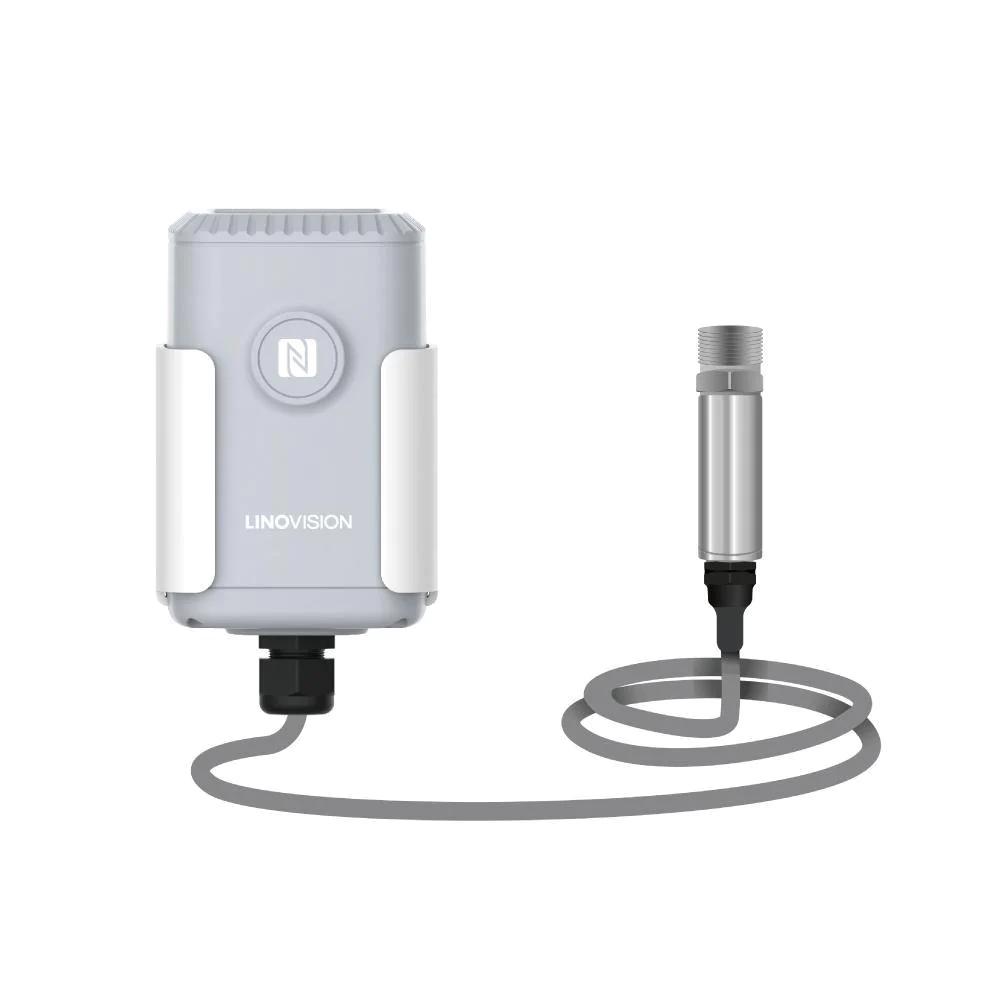
LoRaWAN was developed by Cycleo, a French company that was acquired by Semtech Corporation in 2012. The LoRaWAN protocol was released in 2015 as an open standard by the LoRa Alliance, which is a non-profit organization that promotes the adoption of the LoRaWAN technology.
The LoRa Alliance was founded in 2015 by companies such as Actility, IBM, Cisco, and others to promote the adoption of the LoRaWAN protocol and to ensure interoperability between different LoRaWAN devices and networks.
Since its release, LoRaWAN has gained popularity among developers and businesses due to its long-range communication capability, low power consumption, and low cost. LoRaWAN has also become a key enabler for the Internet of Things (IoT) applications, as it allows for the deployment of large-scale IoT networks with minimal infrastructure.
Today, the LoRa Alliance has over 500 members worldwide, including major technology companies, network operators, and IoT solution providers, making LoRaWAN one of the most widely adopted LPWAN technologies in the world.
LoRaWAN alternatives
- Narrowband IoT (NB-IoT): NB-IoT is a cellular-based LPWAN technology that uses existing cellular infrastructure to enable IoT communication. NB-IoT has lower power consumption than traditional cellular technologies and provides better coverage in hard-to-reach areas.
- Sigfox: Sigfox is a proprietary LPWAN technology that operates in the unlicensed radio spectrum and uses a unique modulation technique to enable long-range communication with low power consumption.
- Weightless: Weightless is an open standard LPWAN technology that operates in the unlicensed radio spectrum and provides long-range communication with low power consumption. Weightless has different variants, including Weightless-N and Weightless-P, optimized for different IoT applications.
- LTE-M: LTE-M is a cellular-based LPWAN technology that uses existing cellular infrastructure to enable IoT communication. LTE-M provides higher data rates than NB-IoT and better support for mobility and voice services.
- Bluetooth Low Energy (BLE): BLE is a short-range wireless communication technology designed for IoT devices that require low power consumption and low data rates. BLE is widely used for applications such as wearable devices, smart home devices, and asset tracking.
How is LoRaWAN used today?
LoRaWAN has emerged as a popular choice for wireless communication in various modern-day applications, particularly in the Internet of Things (IoT) domain. Its unique features, such as low-power consumption, long-range communication, and low-data-rate capabilities, make it an ideal choice for connecting sensors and devices that require infrequent data transmissions. As a result, LoRaWAN has found widespread use in several industries, including smart agriculture, smart cities, and supply chain management.
In smart agriculture, LoRaWAN plays a crucial role in optimizing farming practices and maximizing yield by enabling real-time data collection and analysis. Farmers use LoRaWAN-enabled sensors to monitor soil moisture, temperature, humidity, and other critical parameters that impact crop growth. These data points help farmers make better-informed decisions regarding irrigation, fertilization, and pest control. Livestock monitoring is another area where LoRaWAN proves useful, as it allows farmers to track the location, health, and well-being of their animals remotely. By providing timely insights, LoRaWAN helps farmers reduce costs, increase productivity, and promote sustainable farming practices.
LoRaWAN has also made a significant impact in the development of smart cities by facilitating the deployment of large-scale IoT networks. It is used for monitoring and managing various urban services, such as street lighting, waste management, and parking. LoRaWAN-enabled sensors collect data on energy consumption, air quality, and traffic patterns, allowing city authorities to optimize resources and improve the quality of life for residents. In addition, LoRaWAN plays a vital role in utilities management, enabling the remote monitoring of gas, water, and electricity meters, which leads to more efficient billing and resource allocation. Overall, LoRaWAN has become an essential tool for creating more connected, sustainable, and efficient urban environments.
